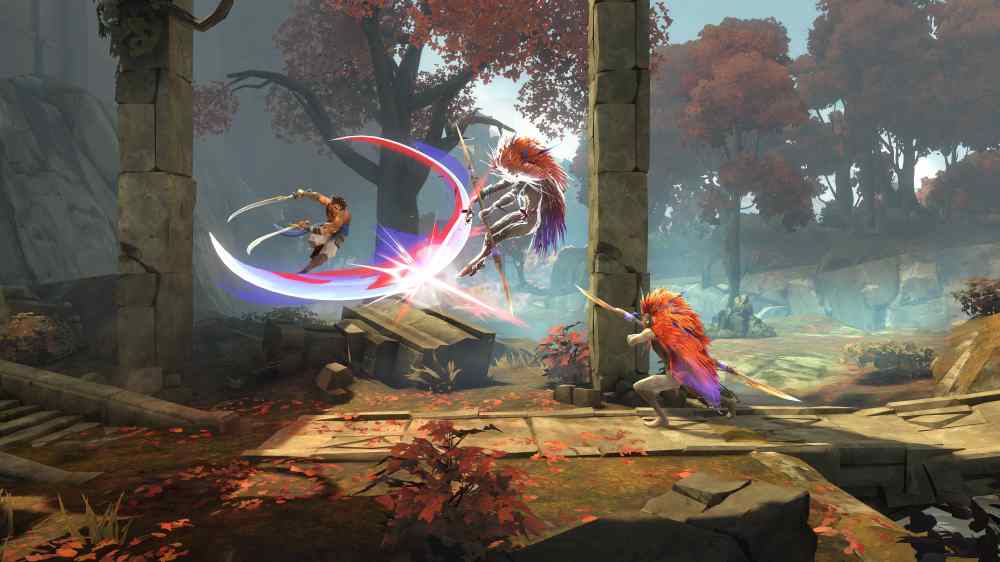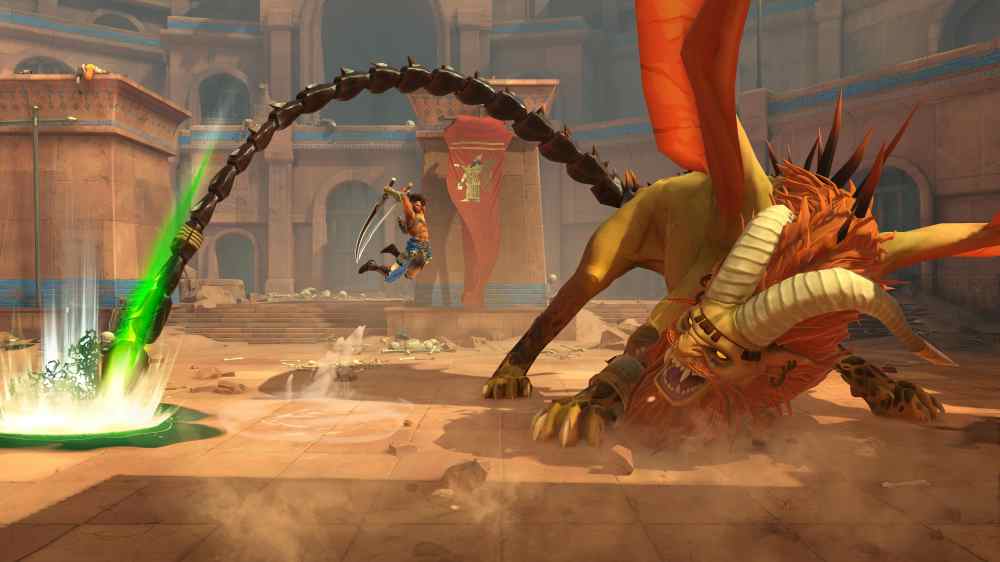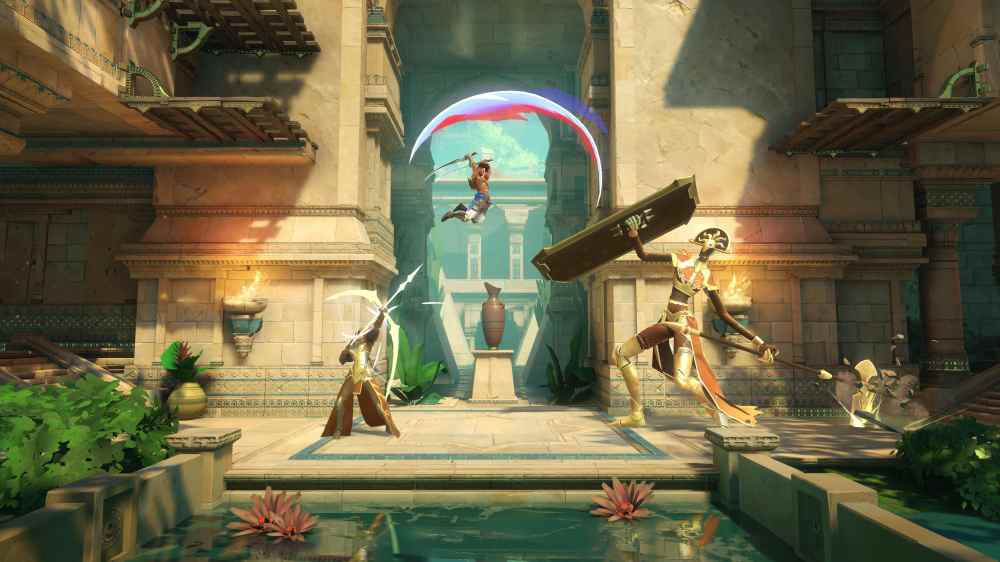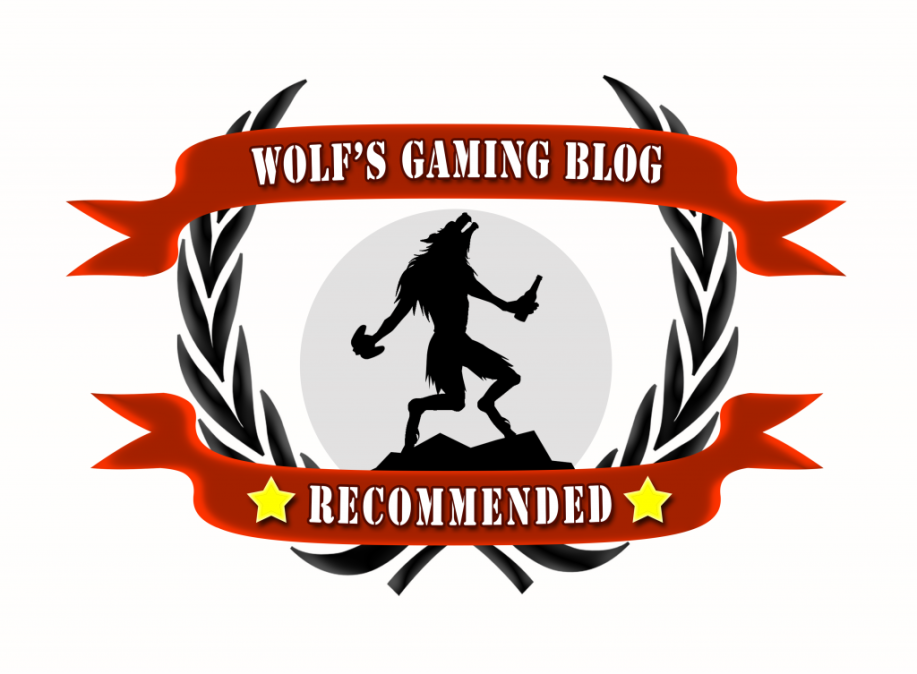Prince of Persia is back after a long and heart-wrenching absence. But it’s not the The Sands of Time remake that has been promised for years now. Nah, this is a whole new Prince of Persia in 2.5D, a smaller project from developer Ubisoft Montpellier and proof that Ubisoft can still produce some fantastic games. Prince of Persia: The Lost Crown is a great Metroidvania title that looks great, plays better and shows us that there’s still plenty of sand left in the hourglass for the series. The story is a little weak and maybe it’s a bit longer than it needs to be, but that doesn’t stop The Lost Crown from achieving excellence.
Going against the franchise’s tradition, you don’t play as the titular Prince of Persia, rather you slip into the role of Sargon, the newest and youngest member of the Immortals, an elite Persian squad of badasses led by Vahram. The actual prince gets kidnapped in the opening stages by Sargon’s mentor and dragged off to the mysterious Mount Qaf, a once thriving city that’s now a sprawling, confusing ruin where time doesn’t obey the typical rules. Sargon and his pals set off to find the kidnapped prince, and in turn, must navigate Mount Qaf and its many tricky traps and enemies.
Truthfully, there’s not a whole lot going on in the story outside of a few dramatic twists and turns that fall flat, largely because the game never bothers to properly explore the characters enough to make them impactful. But it’s fun enough and a decent excuse to romp through the world which seems to sprout whole new spaghetti-like layouts every time you amble through a door. I did appreciate the anime-esque influences, though, with numerous moments where characters dramatically pose and power up like they are going to go full Super-Saiyan on your ass. It adds a little flair to the otherwise forgettable drama.
Available On: PC,Xbox Series S/X, PS5,PS4, Xbox One, Switch
Reviewed On: PS5Price: £44.99/$49.99
Developed by: Ubisoft MontpellierPublished By: Ubisoft
Sargon is a pleasure to control in his 2.5D world, which is good news as some of the platforming sections require pin-point precision and split-second reactions. By the time you’ve acquired all of the traversal powers hidden away like chocolates behind advent calendar doors, such as the genre staple double-jump, you’ll be making your way through rooms without ever touching the floor, chaining together wall jumps, mid-air dashes, grappling points and more like a Parkour master. The tight controls ensure that while these wonderfully designed sections can be frustrating to get through it never feels like the game’s fault for failing to keep up or do what you wanted.
There are some masterful platforming sections with Prince of Persia: The Lost Crown. Some are tests of pure dexterity, and others require more memorisation to complete. Both are satisfying to complete and tend to have me holding my breath and on the edge of my seat as I just barely pulled off a tricky sequence or figured out the final missing piece to the parkour puzzle. This is proper controller-gripping, teeth-clenching, by the skin-of-your-teeth shit and I loved every moment of it, even if I did occasionally have to take a break for fear or hurling my controller through the nearest wall.

Speaking of which, the puzzles tend to be less enjoyable, albeit a lot less frequent. Most of them are built around Sargon’s agility and his growing collection of Simurgh powers. For example, one sequence involves standing on a button to activate time loops and then figuring out what you need to do in each loop, like standing on a particular switch or dropping a clone down to teleport to later. In these moments, the solution itself is typically fairly straightforward, but the execution can be the sticking point as they require exacting platforming. That can lead to moments where you’ve already figured out the puzzle and are stuck repeating the solution a few times because the timing is difficult to nail. But it’s important to know that while the puzzles are probably the weakest of Prince of Persia: The Lost Crown’s three core gameplay pillars, they are still solidly designed and fun to figure out.
All of Sargon’s prowess in parkour feeds directly into the combat system as well. Wielding his trusty blades Qays and Layla, he’s got a basic combo, a powerful charged attack plus the ability to launch smaller foes into the air, follow them up and smack ’em around a little more. It feels weighty and crunchy to pull off even these basic moves, and it’s augmented by the special Athra moves controlled by a meter.
The enemies aren’t pushovers and will actively fight back, including interrupting your moves and pushing you to make heavy use of both the dodge and parry. Again, the controls are excellent, so with a little practice you can really hoof it around the map and destroy enemies while never getting touched. It feels terrific, as does the feedback from smacking skeletons, assassins and weird bird monsters around the place and occasionally into environmental traps.
That won’t happen in the boss battles, mind you. These fights are the biggest and best moments in all of The Lost Crown, pitting you against a series of vicious bosses. Whether you’re battling an undead king risen again, a lion/manticore mix or a crazy woman riding a wolf, there’s nothing too creatively insane here in terms of gameplay: screen-filling attacks, repeated patterns and boss-specific gimmicks are all things you’ve dealt with before, but Prince of Persia executes these ideas flawlessly. The fights are brutal, often very tough and incredibly rewarding when you finally figure out all of their moves and proceed to pick them apart like a bully picking apart your confidence. They are the best sections in the whole game and are almost worth the price of entry alone if you enjoy a good fight.
There are also amulets you can gather up as you explore the ruins of Mount Qaf and these can equipped to match your preferred style. In the end, I wound up using a mixture of amulets that favoured blocking, each successful block and parry recharging my health and Athra supplies. While you can upgrade some gear and trinkets to provide stat boosts, the amulets felt much more impactful to how I was approaching the game.#

A Metroidvania is nothing without a compelling world to explore, one that slowly dishes out its many secrets and areas as the player acquires new abilities that allow them to navigate through previously unmanageable zones. From the murky sewers to an incredible section where a pirate battle is frozen in time, Mount Qaf is a gorgeous location that gradually reveals a seemingly endless array of new areas. Abilities like dashing and double-jumping are commonplace skills that let you reach tricky platforms, but stuff like phasing between dimensions and hurling a discus is a touch more adventurous.
I think The Lost Crown could have done with trimming down its length a tad, though. The main story will take approximately 16 hours to get through, with properly another 4-6 hours for the optional side quests. By the time I hit hour 10, though, I was beginning to feel like the game was padding itself out rather than throwing me interesting new stuff. Each completed objective resulted in a whole new section of the map suddenly opening up, and I have to admit to letting out a little sigh when I saw the new chunks of interlocking routes popping up. I think this could have been a much tighter 12-14 hour game and it would have benefited from that quite a bit.
Part of this comes down to how long the game sticks you with the most basic of Sargon’s skills before slowly dribbling out new powers to play with. Metroidvania games can be tricky to pace correctly because the player needs to feel like they have time to properly master each new ability, but doesn’t want to be left feeling like they’re just waiting around until the new skill comes along and hits them in the face. The Lost Crown doesn’t quite manage to nail the balance

Speaking of the map, it has a couple of quality-of-life features I greatly appreciated. First, you can take a snapshot at any time which will be pinned to the map, letting you easily track chests you can’t reach or areas that look like they might need a specific skill you don’t have yet. And second, you can also pop down various icons – very handy for creating a kind of short-hand code. Both of these helped combat something I don’t tend to like about the genre, and that’s trying to remember all the stuff I want to come back and investigate later. Finally, there’s an option in settings that will let you know if you have the necessary ability to pass through a roadblock in the main story, saving you from spending ages wondering if you’re just stupid.
Prince of Persia: The Lost Crown is a pleasure to play and a welcome return for a series that has been dormant for far too long, even if it doesn’t have that much in common with its fully 3D ancestors. A weak story and a few pacing issues hold it back from breaking into the highest echelons of the Metroidvania genre and duking it out with the likes of Hollow Knight, but it’s pretty far up there and a fantastic way to kick off the year. It might even be in the top 10.

